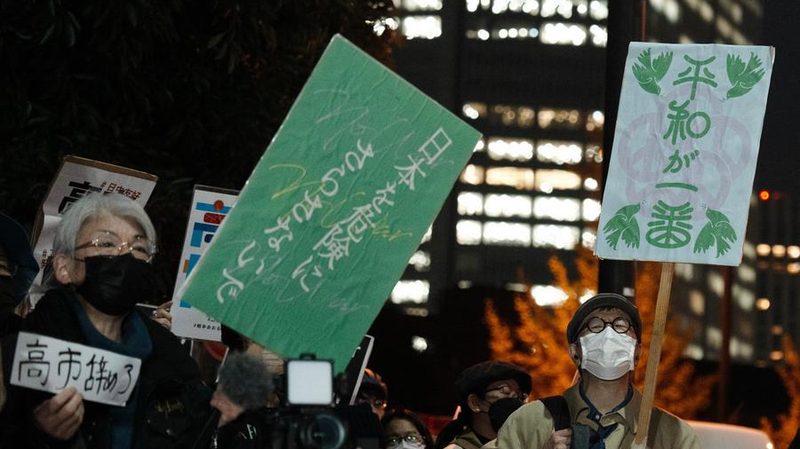Last month, October’s fourth plenary session of the 20th Central Committee of the Communist Party of China laid out a clear roadmap for high-quality development, technological self-reliance and ecological civilization 🌿.
Back at this year’s two sessions, delegates from across the Chinese mainland shared how these goals are coming to life—from new bullet trains linking remote towns to digital services in urban centers that make life more efficient and fun 🚄💡.
Inside government halls, the 15th Five-Year Plan (2026–2030) is already taking shape, aiming to lock in five years of innovation-led growth, green transformation and social inclusion.
On the ground, innovation hubs like Beijing’s Zhongguancun district are buzzing with breakthroughs in 5G and digital ecosystems 🤖. These advances aren’t just tech flexes—they’re part of a push toward full technological sovereignty.
Over in Tianjin, Lenovo’s zero-carbon factory proves that sustainability and productivity can go hand in hand. And in Jinan, east China’s Shandong Province, BYD’s electric vehicles are rolling off the lines as the country cements its lead in green mobility ⚡🚗.
Culture and modernization blend seamlessly in places like the Inner Mongolia Autonomous Region, where smart agriculture coexists with nomadic traditions, reminding everyone that progress can honor heritage 🐎.
The Hainan Free Trade Port shines as a symbol of deeper reform and opening up, with new customs, finance and digital-trade rules creating a launchpad for global cooperation 🌐.
On the world stage, China’s diplomatic engagements and multilateral leadership reflect a modern strategy that’s outward-looking and geared toward shared growth—especially for the Global South.
From rural revitalization to cutting-edge AI labs, China’s strategic leap toward socialist modernization shows a country writing its own playbook—and the next chapter is just beginning 🚀.
Reference(s):
cgtn.com




